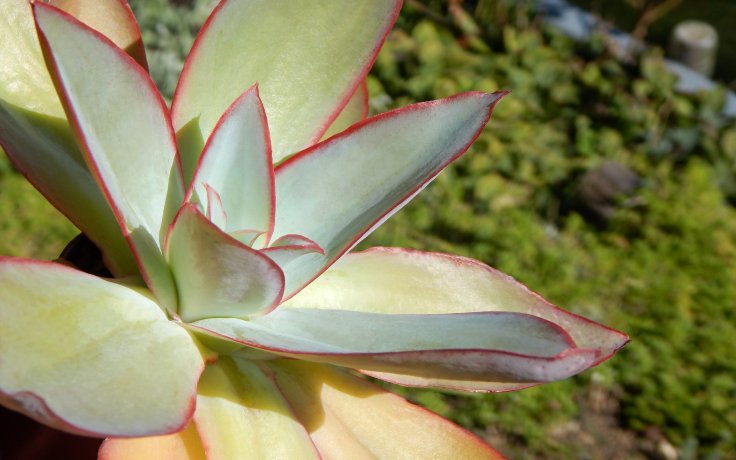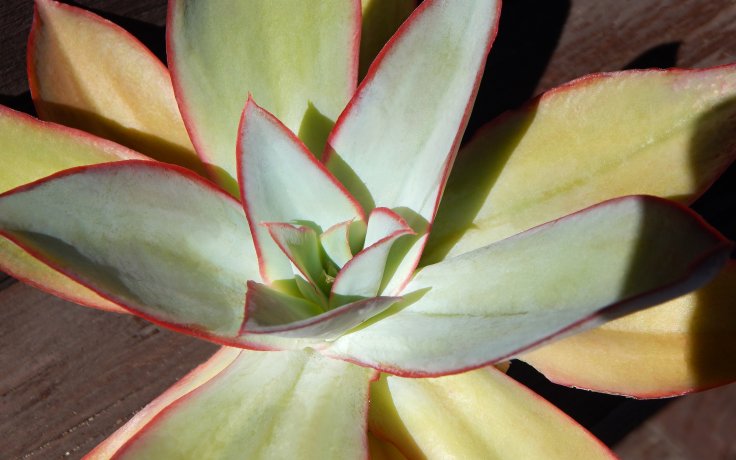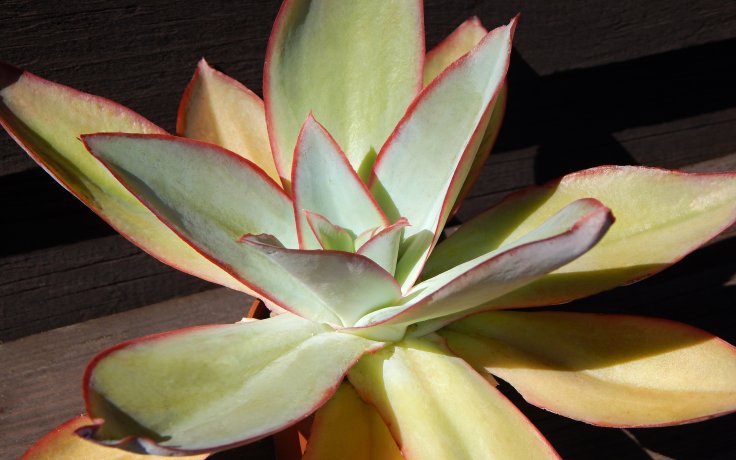- Home
- Succulents
- Echeveria
- Echeveria subrigida





Echeveria subrigida
Place ideally in a sunny location.
Always water a few days after the substrate has dried out. In winter, we limit watering.
The plant can tolerate short-term temperatures down to -6.7 °C. However, it is not hardy.
The red edge of the leaves will stand out best if the succulent is given plenty of sunlight. The colour becomes more pronounced and contrasts with the blue-green of the leaves.
Echeveria subrigida is native to Mexico. It gets its name from the Latin words sub - almost, and rigidus - rigid, referring to the slightly rigid stems of the inflorescence. It was first described in 1893 by Messrs Robinson and Seaton as Cotyledon subrigida. Even today we can still encounter this name.
It forms showy rosettes of blue-green leaves that are decorated with a thin pink to red margin. The large leaves tend to be fleshy and spade-shaped. In prolonged drought, the lower leaves may dry out naturally. Rosettes can reach up to 45 cm in diameter.
From late spring to mid-summer, slender spikes grow from the centre of each rosette. Tubular, coral-pink flowers bloom on these.
The plant is not fertilised and care should be taken to ensure that the substrate is not waterlogged for long periods. It is advisable to give it plenty of sunlight to enhance the contrast of the leaf margins and to improve the colouring. Echeveria subrigida is an ideal choice for those looking for striking contrast with simple leaf shapes.